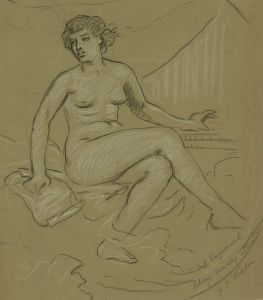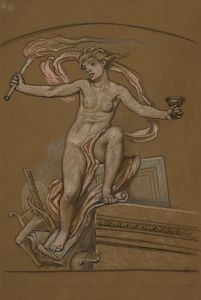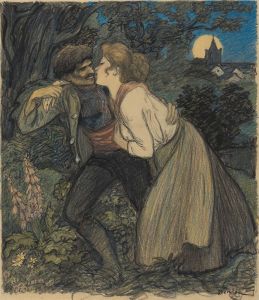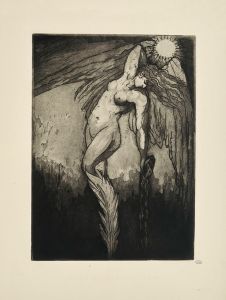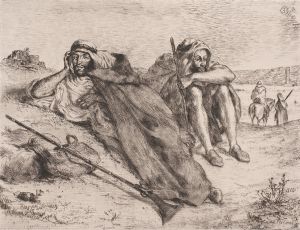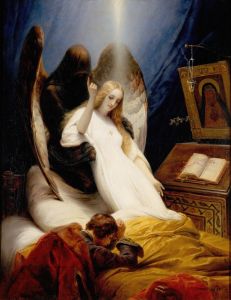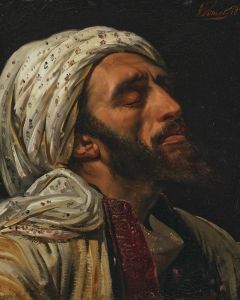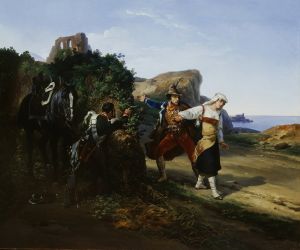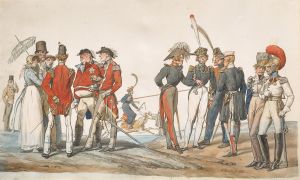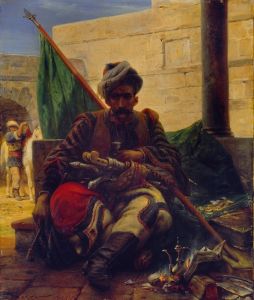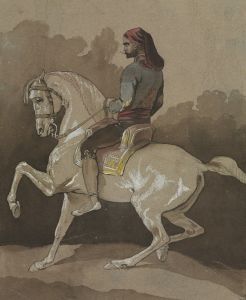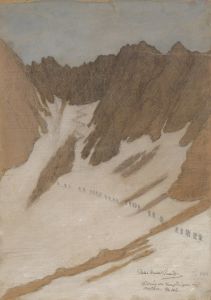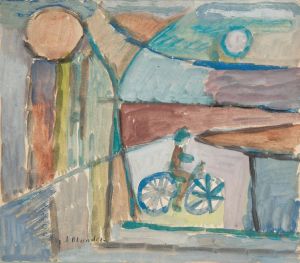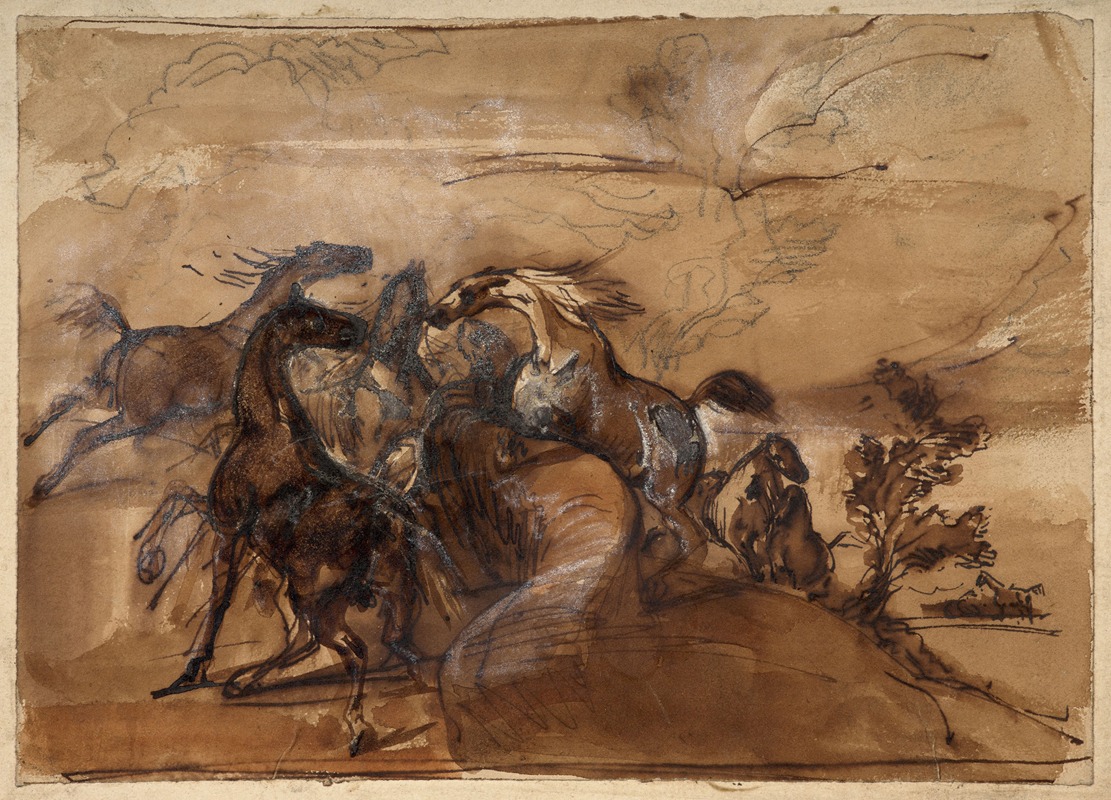
Chevaux en liberté dans un paysage
A hand-painted replica of Horace Vernet’s masterpiece Chevaux en liberté dans un paysage, meticulously crafted by professional artists to capture the true essence of the original. Each piece is created with museum-quality canvas and rare mineral pigments, carefully painted by experienced artists with delicate brushstrokes and rich, layered colors to perfectly recreate the texture of the original artwork. Unlike machine-printed reproductions, this hand-painted version brings the painting to life, infused with the artist’s emotions and skill in every stroke. Whether for personal collection or home decoration, it instantly elevates the artistic atmosphere of any space.
Horace Vernet was a prominent French painter known for his dynamic and vivid depictions of historical and military subjects. Born in 1789 into a family of artists, Vernet was deeply influenced by the artistic environment in which he was raised. His grandfather, Claude Joseph Vernet, and his father, Carle Vernet, were both accomplished painters, which provided Horace with a rich artistic heritage and a strong foundation in the arts.
One of Vernet's notable works is "Chevaux en liberté dans un paysage," which translates to "Horses in Freedom in a Landscape." This painting exemplifies Vernet's skill in capturing movement and his keen interest in equine subjects, a theme that recurs throughout his oeuvre. Although specific details about this particular painting are limited, Vernet's broader body of work provides context for understanding his artistic approach and thematic interests.
Vernet's fascination with horses is evident in many of his paintings, where he often depicted them with great attention to anatomical accuracy and dynamic movement. This interest likely stemmed from his father's influence, as Carle Vernet was also known for his equestrian scenes. Horace Vernet's ability to portray horses with such vitality and realism contributed to his reputation as a master of animal painting.
"Chevaux en liberté dans un paysage" likely showcases Vernet's adeptness at capturing the essence of horses in their natural environment. The painting would typically feature horses in a state of freedom, emphasizing their grace and power against a backdrop of a natural landscape. Vernet's landscapes often served as more than mere settings; they were integral to the composition, enhancing the narrative and emotional impact of the scene.
Throughout his career, Vernet was celebrated for his ability to convey action and emotion, qualities that would have been present in "Chevaux en liberté dans un paysage." His paintings often resonated with the Romantic spirit of the time, characterized by an emphasis on emotion, nature, and individualism. Vernet's work was well-received by both the public and critics, and he enjoyed considerable success during his lifetime.
In addition to his equestrian and landscape paintings, Vernet was renowned for his historical and military scenes. He was appointed as the director of the French Academy in Rome, where he continued to produce works that reflected his interest in history and his skill in depicting complex compositions. His contributions to the arts were recognized with numerous honors, and his works remain part of significant collections in museums around the world.
While specific information about "Chevaux en liberté dans un paysage" is scarce, Vernet's legacy as a painter of dynamic and emotive scenes is well-documented. His ability to capture the spirit of his subjects, whether horses or historical figures, ensures his place as a significant figure in 19th-century French art.





